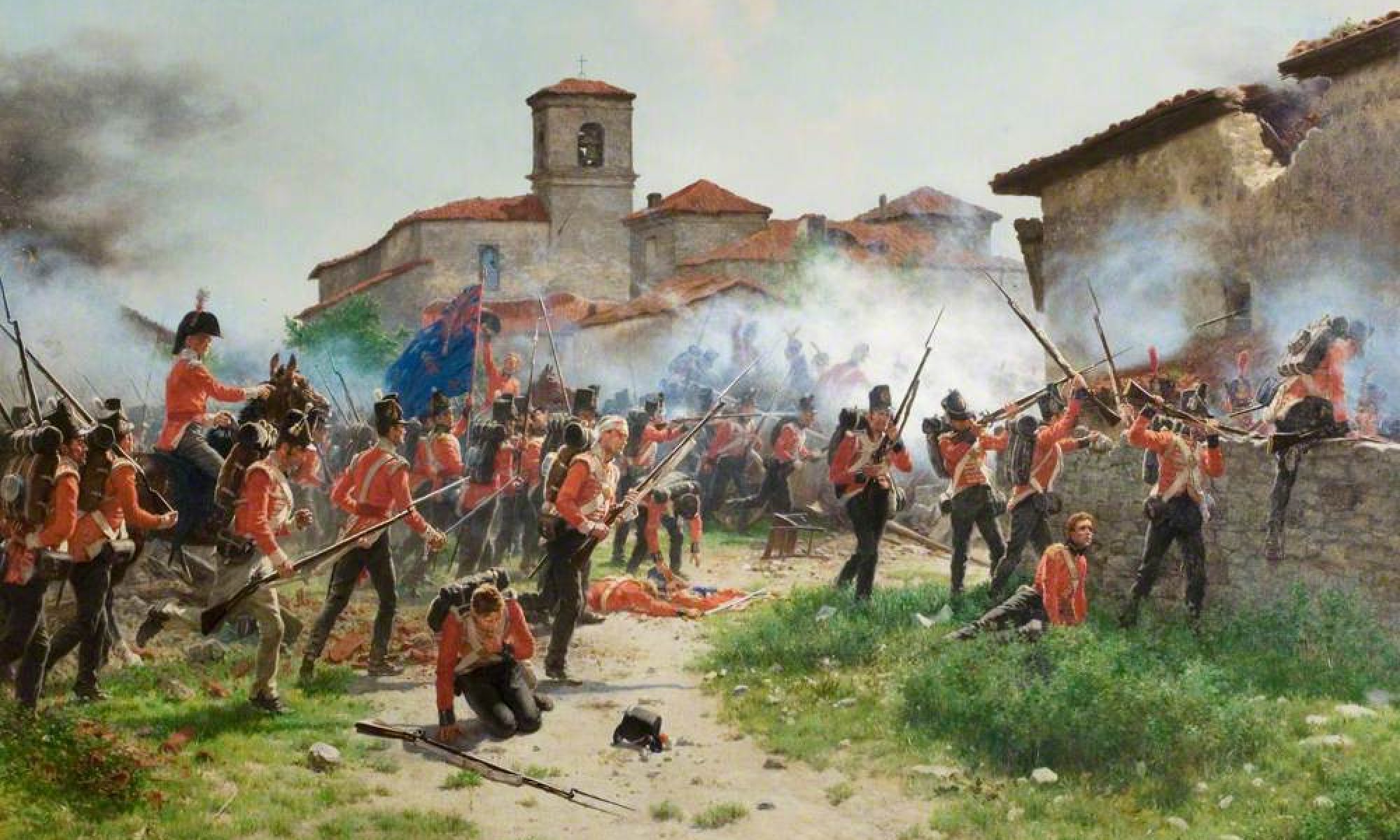
- Author: René Chartrand
- Illustrator: Stephen Walsh
- Short code: CAM 140
- Publication Date: 23 Sep 2004
- Number of Pages: 96
- https://ospreypublishing.com/monongahela-1754-55
In terms of subject chronology this Campaign Book, produced by the MilHist fans at Osprey Publishing back in 2004, begins René Chartrand’s examination of wilderness warfare as practiced by the European powers in the French and Indian War.
Chartrand, one of the most scholarly and readable Osprey authors, has written a flock of books on this subject, establishing both a sequential series within a series and his firm belief that the Franco Canadians were the masters of warfare in America as it should be fought, all based on archival sources.
The book is insightful and at the same time sticks to an established narrative that is easy to follow, the author is the master of giving a relatable account spiced with the right sources at the right time to briefly support his thesis.
Chartrand sets the scene with a sharp eyed appraisal of two European powers that dominated eastern North America, who for the last century and a quarter had been involved in official and unofficial political violence with each other, mostly over the resources of the land in question and often because of political events in Europe.
By 1755 an increasingly large and expanding Anglo American population was pressing across the Allegheny’s in search of new opportunities. The Ohio valley was important to France as the quickest conduit to Louisiana territory. Anglo American interference would threaten communications between north and south and even jeapordise native allies.
Chartrand believes the great strength of French colonial administration was its attitude to indigenous tribes. Although by the time of the ‘seven years war’ their mastery of native diplomacy was being challenged, the French (at higher levels) treated the tribes as allies and went to great pains to maintain friendly relations with them.
The French entertained the greatest network of native alliances and dialogues of any of the European powers. The reason was largely because this allowed their trappers free access to the fur trade which was the life blood of the French overseas empire.
The tribes, save the bulk of the Iroquois who had a long running feud with Onontio (the French Governor General,) for their part preferred the French system because unlike the agrarian minded Anglo American’s the Franco Canadians did not eat up land like a wildfire. They claimed land like all the other foreigners but didn’t occupy it in the same way.
As an extreme example of both this policy and the importance of the Ohio, Chartrand tells of when the Miami village at Pickawillany, feeling growing British influence in the area raised a Union Jack in 1759, and a Franco Canadian raiding party destroyed it that summer to show the allied tribes that they need not fear British expansion.
Few will be surprised to read how events led to conflict in the Ohio during the late 1740’s, as the French made expeditions to claim the area and then placed quickly constructed forts at key river forks and portages. These became the focus of outrage for the larger and more belligerent States along the eastern seaboard.
With New England, New York, Virginia and Pennsylvania all determined to gain traction west of the Allegheny barrier. The rejection of a notice of eviction to the French in the Ohio was enough for Virginia Governor Dinwiddie to attempt to seize the Forks of the Ohio where the French had built Fort Duquesne.
In all his books Chartrand offers a Francophile standpoint without excluding the English sources. This is why this series of books is so valuable in a field so saturated with English viewpoints, the very name of the conflict, ‘the French and indian war’ is very telling if you choose to look into it.
The book separates the campaign into two sections, George Washington’s engagement at Fort Necessity and the action on the banks of the Monongahela. The book demonstrates just how dominant the French/Canadian/Indian mode of warfare was by this stage.
The engagement at Fort Necessity is seen as nothing short of disastrous for Washington. Almost nothing redeemable can be said about it. The French and Indians surrounded the pitiful fort, subdued the garrison with musketry and got the enemy to agree to capitulate, aknowedging French sovereignty over the Ohio and responsibility for Washington’s reprehensible ambush of a French emissary, which started the shooting war.
The main fight on 9 July 1755 was a typical wilderness ambush and battle in all respects, only on a larger scale than usual, it’s start seemed to show a lack of pre-planning but the response to an initial check saved the day, although the French didn’t have the men (many of their allies had gone home) to pursue, the battle cost the British some 800-1,000 men, their guns and allot of equipment.
Accompanied by good maps, interesting photographs and lively colour plates Chartrand illustrates the strengths and weaknesses of the French synthesis of European and Indigenous modes of warfare which allowed them to stave off defeat time and time again. Readers will find it interesting to note just how dependent the French and Canadians (and indeed the British) were on their allies.
Monongahela also introduces a reader to many fascinating figures, both well known and obscure. The commanders in the French Ohio should read as a list of who’s who of frontier officer’s but few are well, if at all, known today. Most interesting is Charles Michel Langlade who Chartrand suggests was a driving force behind the victory. War chiefs like Pontiac might even have been present in the 1755 fight.
This book is a highly interesting and useful survey of early British strategy in the French and Indian War, giving an authentic and sensible appraisal of the forces engaged.
Josh.


as always inciteful and interesting review
Awesome post! Keep up the great work! 🙂